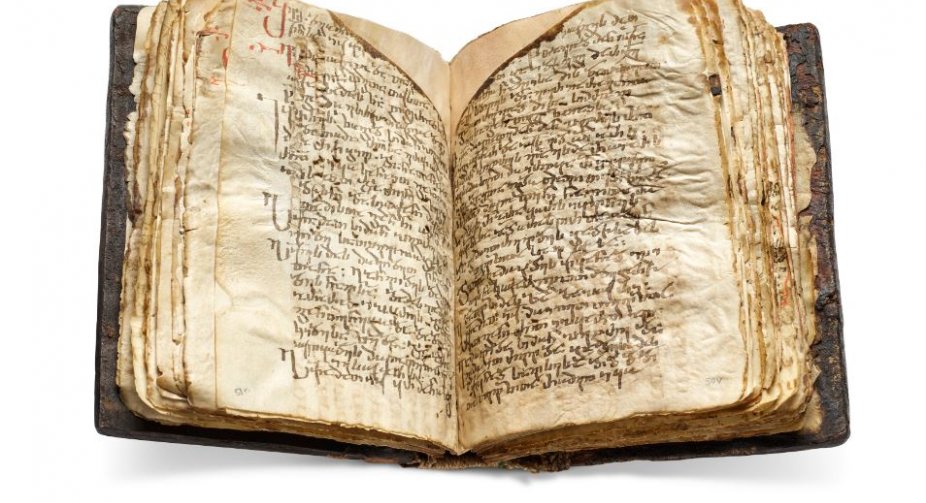Bidzina Ivanishvili, founder and Honorary Chair of the ruling Georgian Dream party, has acquired a unique manuscript dating from the 5th-7th centuries, created by the renowned Georgian calligrapher, author, translator, and monk John Zosimos. Ivanishvili intends to donate this manuscript to the National Museum.
The manuscript is a palimpsest, containing some of the earliest textual witnesses of the Gospels in a dialect of Aramaic closely related to that spoken by Jesus. This text was composed within a living tradition based in the Holy Land. Overwritten with Georgian text by John Zosimos, the manuscript is preserved in a 10th-century binding from St. Catherine’s Monastery in Sinai, known as the earliest signed, dated, and locatable binding.
The significance of this acquisition is underscored by its rich historical context. In the summer of 1955 in Florence, a 15-year-old Martin Schøyen acquired his first antiquarian book, which contained a fragment of a French manuscript of sermons written around 1300. By the late 1980s, Schøyen had established himself as a prominent figure among auction houses, academics, and dealers, building a collection of remarkable scope and quality.
This recent sale, spanning 1,300 years of cultural history, includes world heritage manuscripts such as the Crosby-Schøyen Codex, the Holkham Hebrew Bible, the Codex Sinaiticus Rescriptus, and the Geraardsbergen Bible. Additionally, it features Greek literature, humanist masterpieces, early English law texts, a historically significant Scottish chronicle, and the earliest known book-binding.






